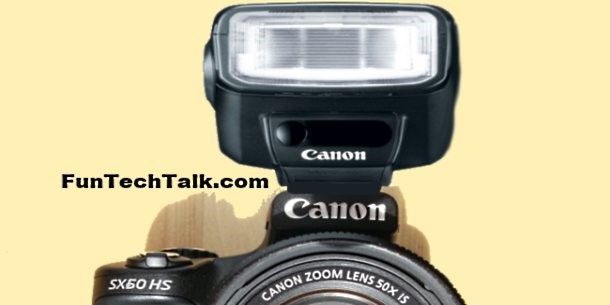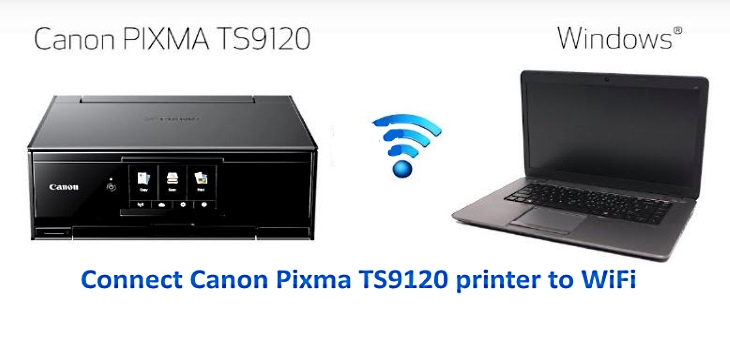
Many new mirrorless camera lenses use ‘focus by wire’ vs the old standard mechanically connection. This can cause major problems for videographers. Normally the focus ring is mechanically connected to the inside of the lens so that when you turn the focus ring some of the lenses inside the lens move directly. With focus-by-wire the movement of the focus ring is measured electronically, and then a motor moves the lenses inside.
The Camera Store’s Jordan Drake has been complaining about focus-by-wire lenses. So Jordan and Chris Niccolls decided to explain to us what focus-by-wire is, and why you probably don’t want it if you’re shooting video.
Some Drawbacks of focus-by-wire: As focusing is now only possible when the lens has power, it is impossible to focus, when the camera is switched off. And for macro work special extension tubes are needed, which have electrical coupling to allow for power and communication between the lens and camera. Also with macro reverse adapters (and non-powered extension tubes) the only way to focus is by changing the distance between camera and subject.
Lenses which support focus-by-wire:
Most AF lenses for mirrorless cameras support focus-by-wire.
Nearly all Panasonic and and Olympus Four Thirds and Micro 4/3 AF lenses feature only focus-by-wire (with the exception of the M.Zuiko 12mm/2.0, which features additionally a true direct coupling between the focus ring and the lenses inside).
All Canon EOS-M lenses.
All Nikon 1 lenses.
All Sony E mount lenses.
All Fuji X mount lenses.
Find new and used camera lenses at a good price HERE.









